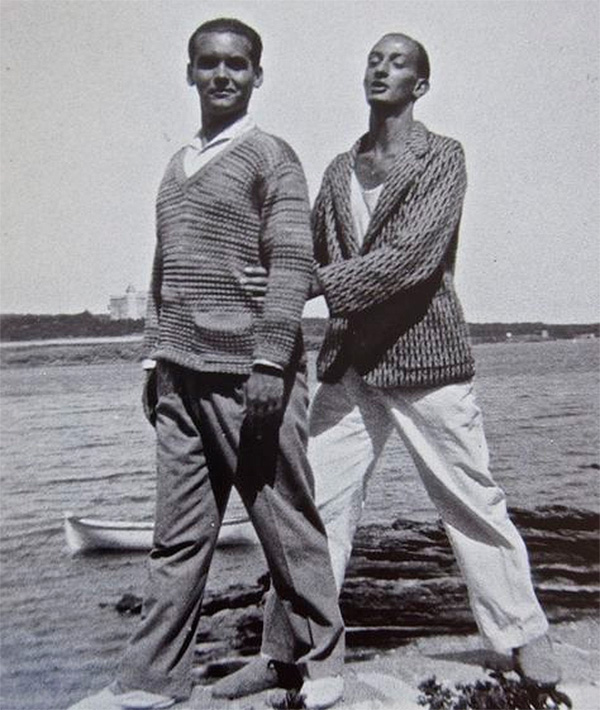One of Federico García Lorca’s most influential friendships in Madrid was with Salvador Dalí. Influential and painful, as the relationship, which included erotic attraction, ended abruptly, in the midst of a controversy that deeply affected the poet. Dalí encouraged the Granada-born artist in his facet as a draftsman and in his effort to understand modern painting. In fact, he reviewed his exhibition at the Dalmau gallery in Barcelona. In return, Lorca encouraged the painter to compose literary essays.

The passionate relationship between the two culminated in 1926 with the Ode to Salvador Dalí, a poetization of cubist aesthetics, with which Lorca did not quite identify, but also a hymn to friendship, to the Dalí of the Cadaqués period. A year earlier, in April 1925, Lorca had visited the Dalí family at their house in Cadaqués. “It is,” he wrote, “a kind of family different from normal and accustomed to social life, because they invite people to their home everywhere in the world except in Spain.”
The publication of ‘Gypsy Ballads’ ensured Lorca immediate success and the fame of poet of gypsyism, which influenced him negatively. Buñuel and later Dalí, whose love affair with Federico had already weakened, were his greatest critics.
In 1926, Lorca together with Falla, De los Ríos and Hermenegildo Lanz founded the Ateneo de Granada where he gave a series of lectures of profound impact, among them the Sketch of the new painting and The poetic image of Don Luis Góngora. The latter he sent to his friend Jorge Guillén. It was the beginning of a collective devotion to the poet from Córdoba who lived between the sixteenth and seventeenth centuries and which culminated a year later with the tribute at the Seville Athenaeum that gave rise to the Generation of ’27 and in which Lorca, Alberti, Cernuda, José Bergamín, Juan Chabás, Gerardo Diego, Dámaso Alonso and Mauricio Bacarisse participated.
In 1927, he premiered in Barcelona and Madrid Mariana Pineda, the heroine whose monument he could see from his house on the Acera del Casino in Granada. The premiere was delayed because of the doubts of Gregorio Martínez Sierra who feared a reaction from the censors in the midst of Primo de Rivera’s dictatorship.
The Gypsy Ballads brought him immediate success, although the fame of poet of gypsyism influenced him negatively. “I’m getting a little annoyed by my myth of gypsyism. They confuse my life and my character. I don’t want to in any way. Gypsies are a subject. And nothing more […]. Besides, gypsyism makes me an uncultured, uneducated and wild poet […]. I don’t want to be pigeonholed. I feel like I’m being thrown in chains,” he writes. Buñuel and later Dalí, whose love affair with Federico had already weakened, were his greatest critics.